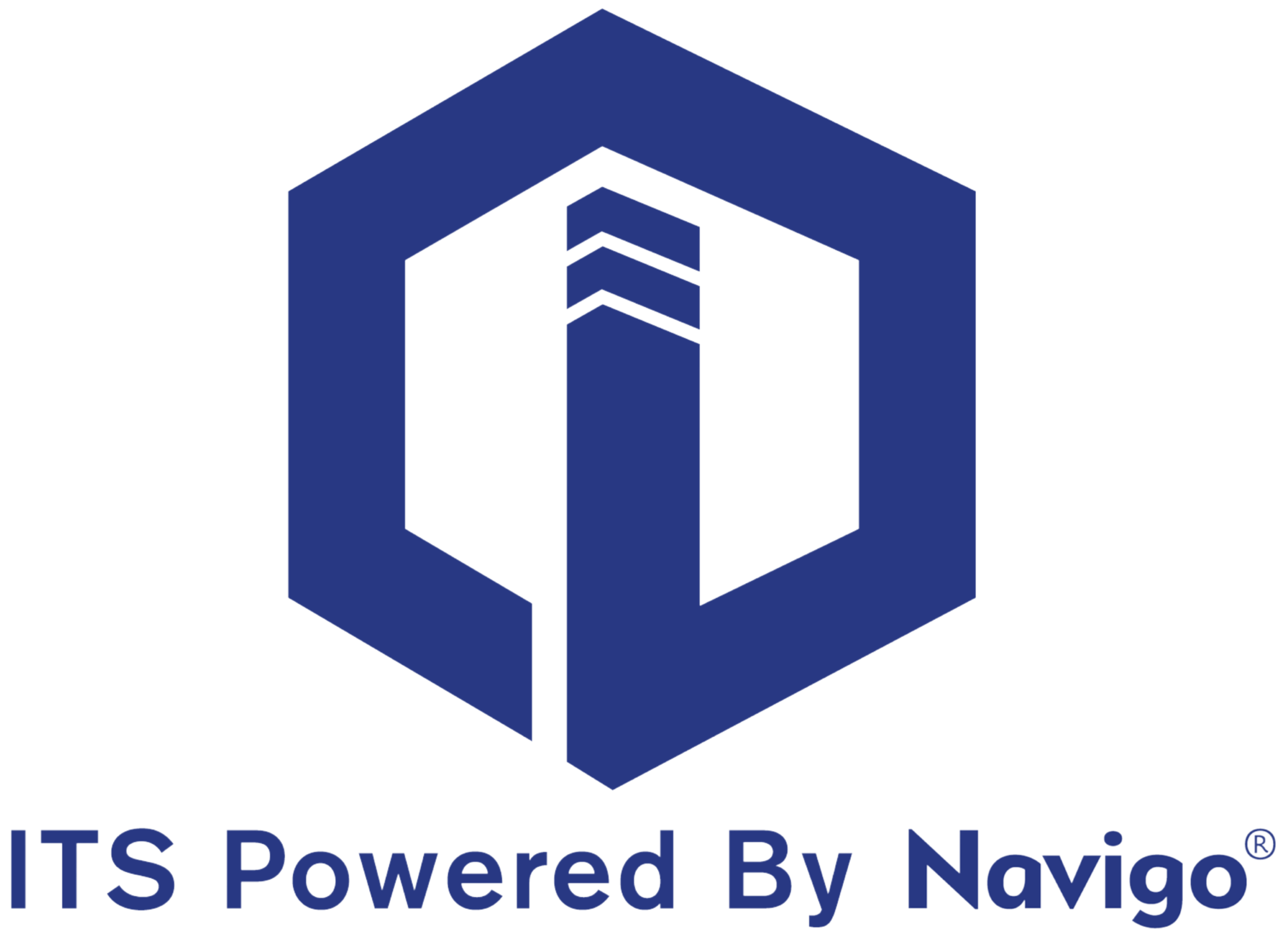Headquarters
7150 Columbia Gateway Drive, Suite L, Columbia, MD 21046
New York Location
112 West 34th Street, 18th floor, Room 18025 New York, NY 10001

Proud member

In the rapidly evolving landscape of modern workplaces, the concept of visitor management has undergone a substantial transformation. Gone are the days of pen-and-paper logbooks and manual registration processes. Today, businesses, educational institutions, and facilities of all kinds are embracing the power of digital visitor management systems to streamline and enhance their visitor experiences while ensuring security and efficiency.
A digital visitor management system serves as the cornerstone of a facility's security and visitor control infrastructure. It leverages advanced technology to offer a seamless, efficient, and secure way to manage visitors from their arrival to departure. Let's explore the key features that make these systems an indispensable asset in today's dynamic environments.
1. Customizable Check-In Process
The hallmark of a robust visitor management system lies in its ability to adapt to various needs and preferences. These systems offer customizable check-in processes that allow organizations to tailor the visitor registration workflow according to their specific requirements. From capturing essential visitor details to gathering custom information or signing necessary agreements, the system can be configured to ensure compliance with specific protocols.
2. Visitor Pre-Registration and Pre-Authorization
To expedite the check-in process and enhance security, many digital visitor management systems enable pre-registration and pre-authorization of visitors. Hosts can invite guests in advance, allowing visitors to provide necessary information and documents beforehand. This not only expedites the check-in upon arrival but also enables background checks or pre-clearance for enhanced security measures.
3. Instant Badge Printing and Identification
Upon check-in, these systems can facilitate instant badge printing. Equipped with integrated badge printers, they generate personalized visitor badges with details such as visitor names, photos, visit durations, and other relevant information. These badges serve as identification tools, ensuring that authorized personnel can easily identify visitors within the premises.
4. Real-Time Alerts and Notifications
Enhancing security protocols, digital visitor management systems can send real-time alerts and notifications to hosts or security personnel upon the arrival of visitors. Whether through emails, SMS, or app notifications, these systems keep stakeholders informed about guest arrivals, ensuring prompt and appropriate action.
5. Visitor Tracking and Reporting
Tracking and monitoring visitor movements within a facility is a critical feature of these systems. They maintain a digital record of visitor activity, including check-in and check-out times, areas accessed, and visit durations. These detailed logs not only aid in security but also serve compliance and audit purposes. Additionally, the system generates comprehensive reports that provide insights into visitor traffic, enabling facilities to optimize resource allocation and improve operational efficiency.
6. Integration Capabilities
Integration with existing security systems and software is a hallmark feature of advanced visitor management systems. They seamlessly integrate with access control systems, CCTV cameras, and databases, ensuring a synchronized approach to security management. This integration allows for enhanced visibility and control over visitor movements, complementing overall security measures.
7. Compliance and Data Security
Given the increasing emphasis on data privacy and compliance, these systems prioritize data security. They adhere to regulatory requirements and offer robust data encryption, ensuring the protection of visitor information. By maintaining compliance with regulations such as GDPR or HIPAA, these systems instill confidence in visitors regarding their privacy and data security.
8. Cloud-Based Accessibility and Remote Management
Many modern visitor management systems operate on cloud-based platforms, allowing for remote accessibility and management. Hosts can access visitor logs, make updates to visitor lists, or monitor activity from anywhere with an internet connection. This remote accessibility enhances convenience and flexibility in managing visitors, particularly in multi-site organizations.
9. Visitor Self-Service Kiosks
Some systems offer self-service kiosks that enable visitors to check in independently. These intuitive kiosks guide visitors through the check-in process, capturing necessary information and printing badges without staff intervention. This feature not only expedites the check-in process but also reduces the workload on reception staff, optimizing operational efficiency.
10. Touchless and Contactless Solutions
In response to the global shift towards contactless interactions, digital visitor management systems have evolved to offer touchless solutions. Utilizing QR codes, mobile check-ins, or NFC technology, visitors can check in without physical interaction with devices or surfaces, contributing to a safer and more hygienic environment.
In conclusion, the evolution of visitor management systems from traditional paper logs to advanced digital platforms represents a significant leap in enhancing security, efficiency, and visitor experience across diverse facilities. The key features offered by these systems not only streamline visitor check-in processes but also contribute to bolstering security measures, ensuring compliance, and providing valuable insights for organizational optimization. Embracing these innovative technologies paves the way for safer, more efficient, and visitor-friendly environments in the digital age.
Explore itouchinc.com for more information on our solutions or contact us for needs unique to your property or project.
7150 Columbia Gateway Drive, Suite L, Columbia, MD 21046
112 West 34th Street, 18th floor, Room 18025 New York, NY 10001

Proud member
Toll-Free
Phone
© Copyright 2025 ITS, Inc. All rights reserved.
Stay in touch with the latest news and updates from ITS, Inc.
7150 Columbia Gateway Drive, Suite L
Columbia, MD 21046
112 West 34th Street, 18-025
New York, NY 10001